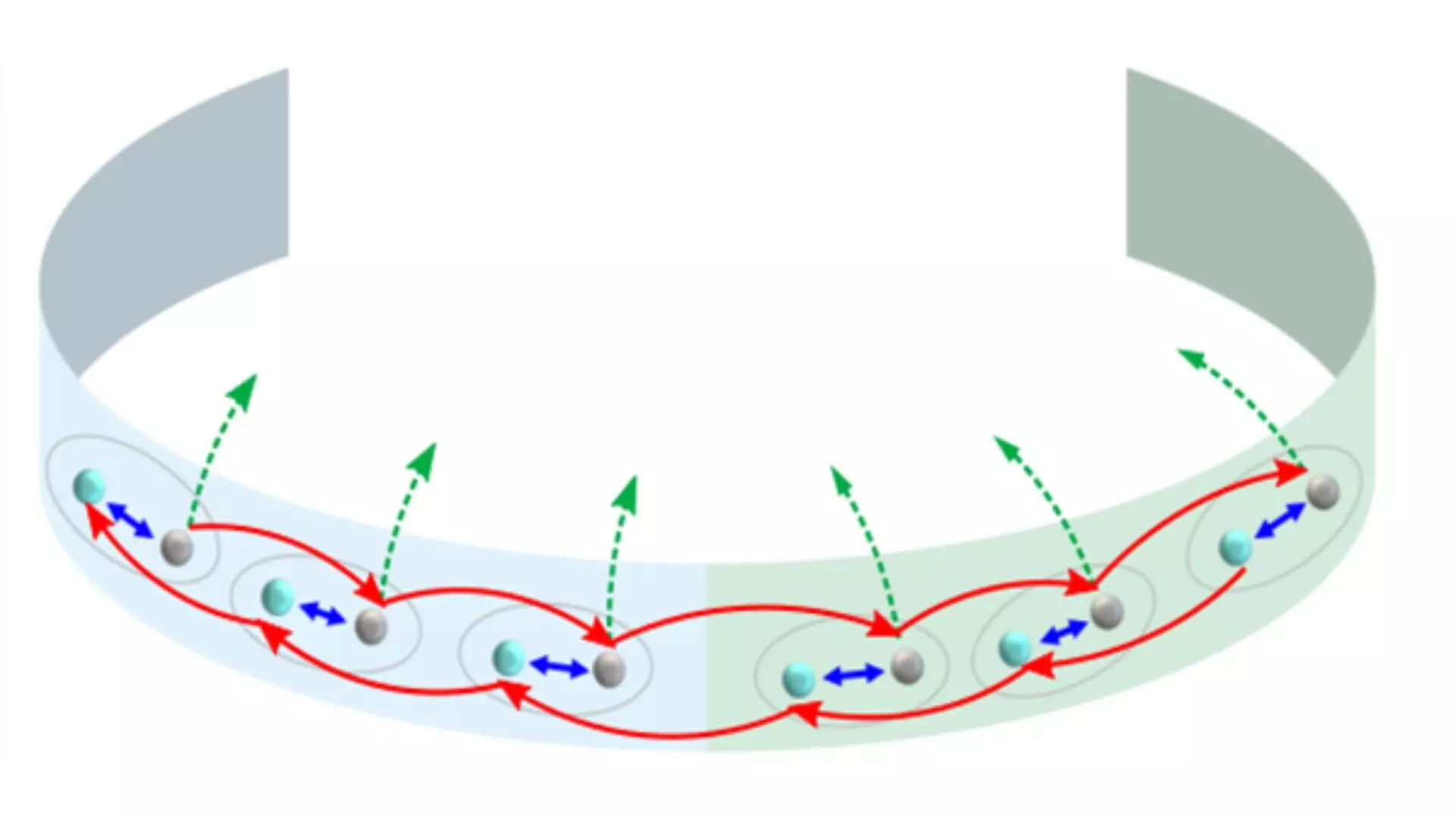An intriguing study published in the Physical Review Letters sheds light on the experimental observation of non-Hermitian edge bursts in quantum dynamics, using a carefully designed photonic quantum walk setup. This study unveils the unique behavior of non-Hermitian systems, which display properties not seen in traditional Hermitian systems. The research conducted by scientists opens up new possibilities for understanding real-world systems characterized by dissipation and interactions with the environment.
In non-Hermitian systems, operators do not equal their Hermitian conjugates, resulting in complex eigenvalues. This leads to the emergence of intriguing phenomena like the non-Hermitian skin effect (NHSE), where eigenstates accumulate at the edges or boundaries of the system. Unlike Hermitian systems, the behavior of non-Hermitian systems at the edges reveals novel dynamics with extreme sensitivity to boundaries.
While previous studies focused on static properties of non-Hermitian systems, the research highlighted in the study delves into the dynamic aspects of edge bursts. By examining real-time edge dynamics, the scientists were able to gain insight into how the Hamiltonian evolves over time, reflecting changes in the system’s energy and behavior.
The researchers used a one-dimensional quantum walk setup with photons to investigate the real-time dynamics at the edges of non-Hermitian systems. By introducing photon loss mechanisms at the boundary using partially polarizing beam splitters, they were able to measure the occurrence of loss at different positions and times, shedding light on the dynamics of the edge burst phenomenon.
The study revealed that the non-Hermitian edge burst occurs when two specific conditions are met simultaneously. Firstly, the non-Hermitian skin effect must be present, where eigenstates accumulate near the edges. Secondly, the imaginary gap in the energy spectrum must be closed. This interplay between static localization and dynamic evolution provides a comprehensive understanding of the behavior of non-Hermitian systems at the boundaries.
The experimental observation of real-time edge bursts in non-Hermitian systems opens up new avenues for research in the field of photonics and condensed matter physics. The unique interplay between topological physics and dynamical phenomena could lead to applications in localized light harvesting and quantum sensing. The study paves the way for exploring the rich real-time dynamics in non-Hermitian topological systems and hints at the existence of universal scaling relations in these systems.
The study on non-Hermitian edge bursts offers a fascinating glimpse into the world of complex quantum dynamics and edge phenomena. By uncovering the behavior of non-Hermitian systems at the boundaries, scientists are able to explore new possibilities in the fields of photonics and wave-based technologies. The implications of this research could revolutionize the way we understand and utilize non-Hermitian systems in various applications.


Leave a Reply